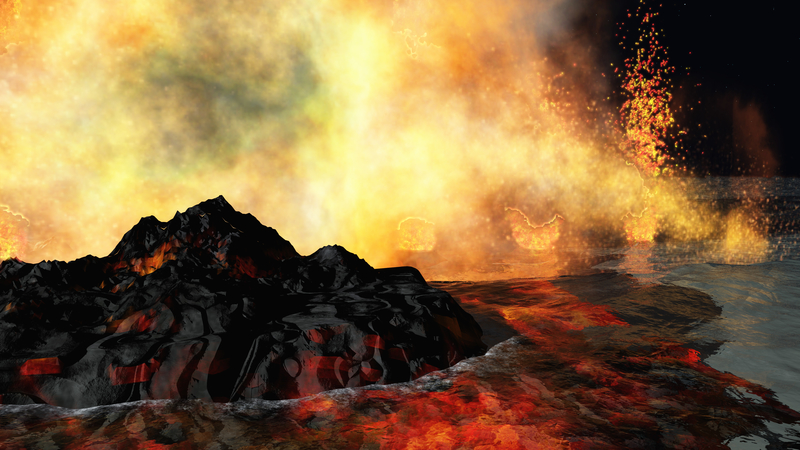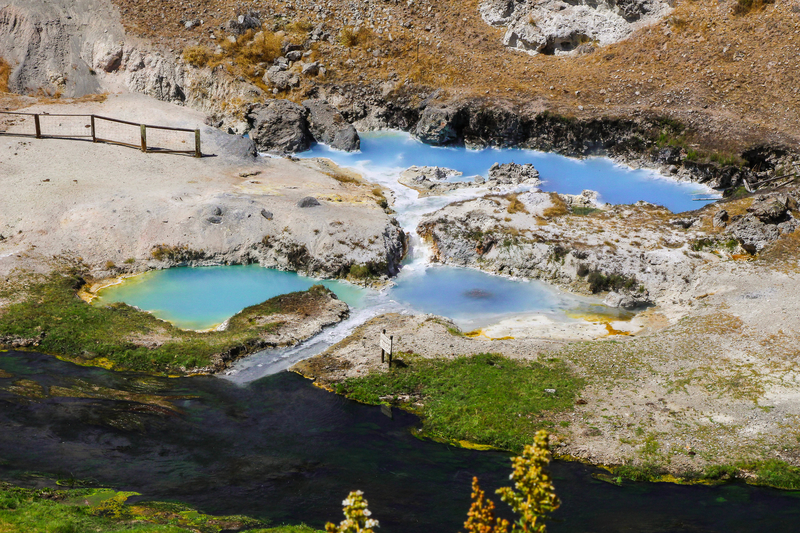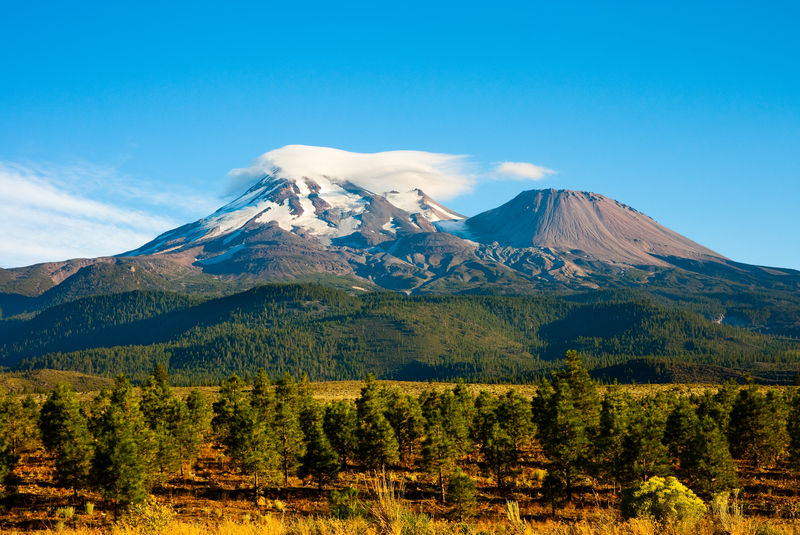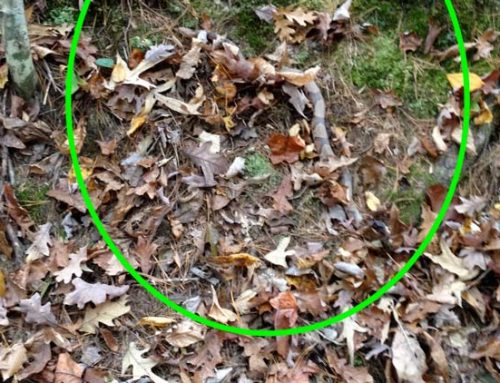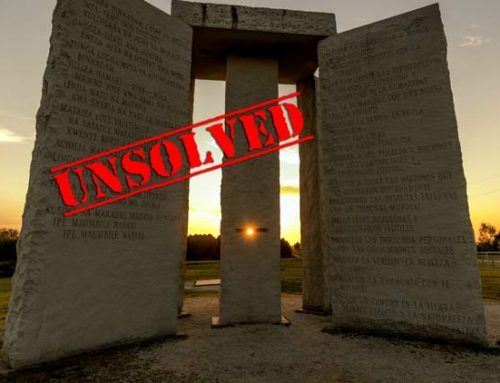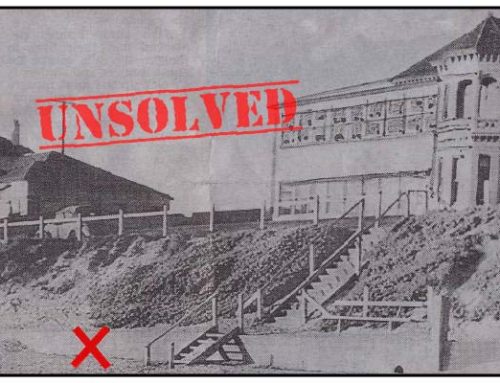High Threat Volcanoes in California
From geophysical and geochemical research, scientists have determined that there are several volcanoes that have molten rock, known as magma relatively close to the surface which is why they are the watch-list of potentially dangerous volcanoes.
The West Coast is home to most of the nation’s volcanoes, which happen to have the highest threat of erupting. The United State Geological Survey ranked these volcanoes and California has its share.
According to the California volcano observatory, the following eight fall into three specific danger categories:
- Very-high threat: Lassen Volcanic Center, Mount Shasta, and Long Valley Volcanic Region
- High threat: Medicine Lake Volcano, Salton Buttes, and Clear Lake Volcanic Field
- Moderate threat: Coso Volcanic Field and Ubehebe Crater
A national team led by John Ewert established a system in 2005, which helped decide which of the United States’ 169 volcanoes are in need of monitoring the most. Ewert is a volcanologist with the USGS Cascades Volcano Observatory. He and his team identified 57 volcanoes that are a priority in the U.S.
Let’s take a closer look at Mount Shasta and why it’s one of the volcanoes that are most likely to erupt.
Mount Shasta
At least one eruption occurs around every 600 to 800 years at Mt Shasta, according to the record of eruptions. Future eruptions like this could produce deposits of domes, lava flows, deposits of ash, and pyroclastic flows. All of these threats could put the infrastructure in danger which lies within the volcano. Together pyroclastic flows and lava flows may affect low areas of the summit of Mount Shasta and other vents.
Since Mt Shasta is covered with steep slopes, a large portion of the volcano could lead to a catastrophic event and generate lahar and a large debris avalanche. These events could affect any area around the volcano and furthermore could reach more than 30 miles from the summit.
Bases on Mt Shasta’s behavior in the past 10,000 years, it’s not likely to erupt large volumes of ash in the near future, however, that could change at any time.

